San Diego's Downward Trends?
San Diego's Downward Trends?
The success stories in San Diego's technology sector seem to cluster around biotech and defense technology. If, like me, you are more interested in the software business, there is less good news. "It's difficult to get ahead financially" is among the top ten complaints from San Diegans. I culled a few stories about life in San Diego, to begin to paint a picture of the situation.
- San Diego unemployment edges up
- North County Times, CA - Mar 24, 2006. The San Diego job market for January was dragged down by retail and construction, and the discouraged workers who stopped looking for jobs. Article is inconclusive on any long-term implications.
- Unisys closes San Diego Operations
Unisys is the latest in a string of technology companies that have either shrunk operations in San Diego or announced plans to do so. Others include Kyocera Wireless, which cut 875 jobs, Newgen Results, which slashed 239 workers and Intel's wireless group, which moved 169 jobs to Portland.UNION-TRIBUNE - October 4, 2005
- Tijuana tech firms hire scientific talent at half the salary
- Miami Herald, FL - Mar 18, 2006 And guess what? The talent is in the same time zone as many clients, making outsourcing more managable.
- San Diego City Government Site Bullish Through 2025
- I don't see how anyone could predict a city's job growth rate over 19 years, but that's exactly what the government of San Diego, CA is touting. "Independent studies indicate San Diego is one of the top 10 cities in the country for job growth through 2025, and many of the high-tech jobs are being created by emerging high-tech companies in the region." Emphasis theirs. They do not identify the "independent studies", reveal any data, or disclose methodologies. A link that read "industry clusters" pointed to an article on water supply assurances.
- www.SandiegoAtWork.com
- This site appears to have a bit more credibility than Sandiego.gov. Their sources are The US Bureau of Labor Statistics and the State of California, Employment Development Dept., Labor Market Information Division. Their projections run through 2008.
- Qualcomm Pushes Video on Cell Phones
- [date on article is APRIL 3, 2006, impossible since I found it and read it March 25, 2006]
- San Diego Bay Area Real Estate Slowdown
-
WebWire (press release), GA -
Mar 18, 2006 San Diego real estate appreciation continues to slow down. ... Another sign of real estate appreciation slowing down is the decrease of population in San Diego. ... - How to detect plastic surgery in San Diegans
- By Kate Kowsh, Vyuz.com Makeup sales traditionally rise when the economy is bad. I don't know if plastic surgery increases indicate likewise. There are apparently no shortage of permanently-surprised looking people in San Diego. Same as alien abductees, you look for the scar behind the ear. Chuckle.




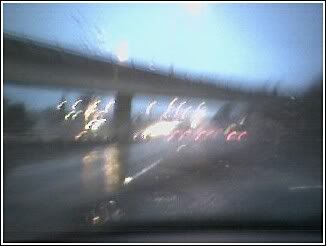
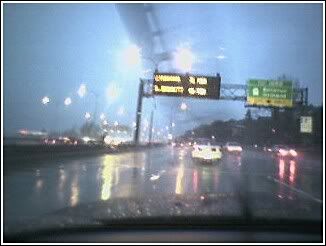
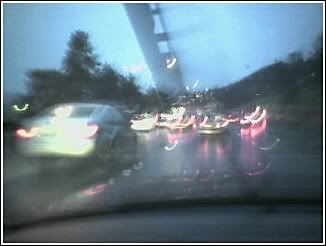

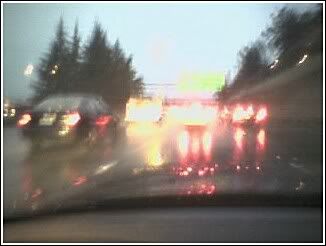





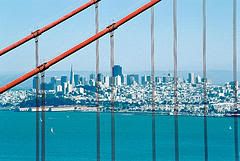 1
.
1
.
 2
.
2
.
 3
.
3
.
 4
.
4
.
 5
.
5
.











0 Comments:
Post a Comment
<< Home